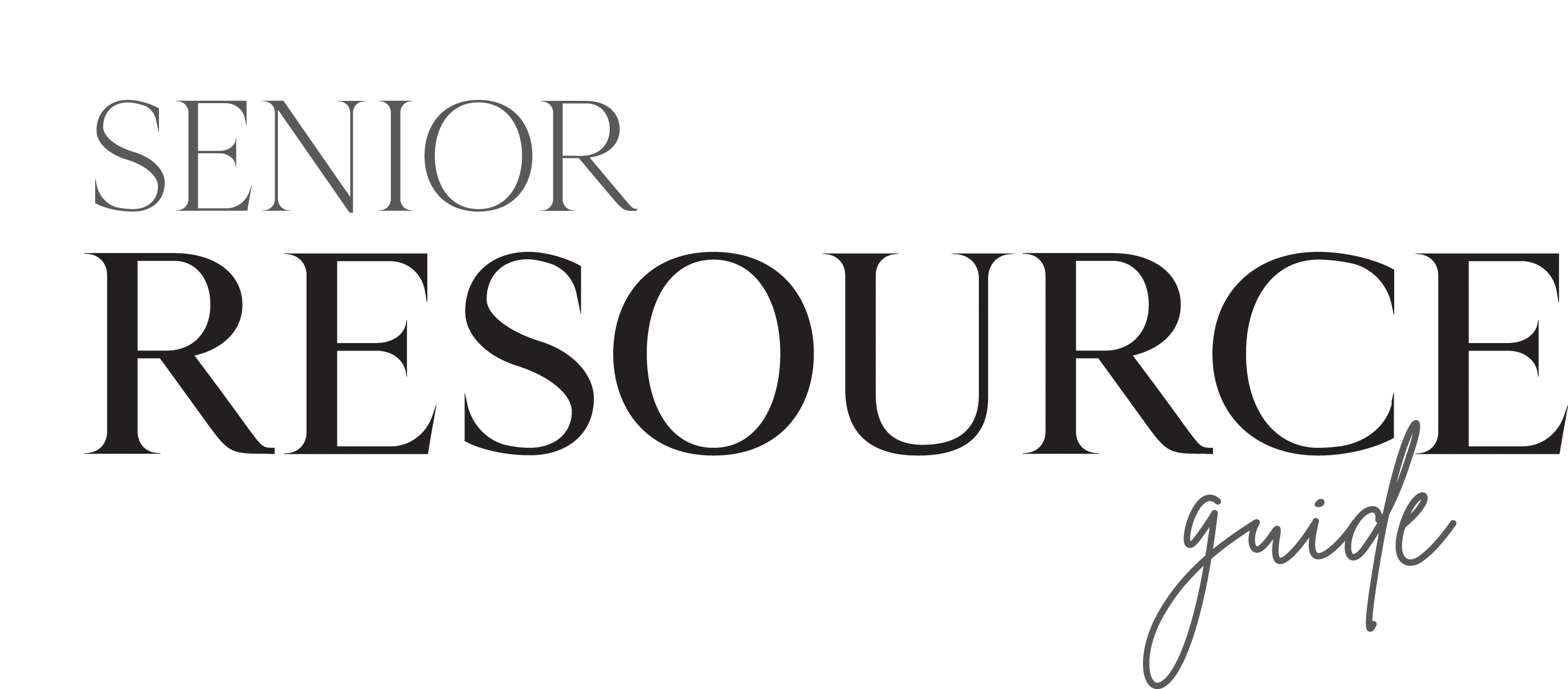To help maintain mobility, older adults should focus on physical activities that help build strength, balance, flexibility and endurance.
The following exercises require no equipment and can easily be done at home or outdoors.

Chair Stands
Purpose: To build strength
- Sit at the edge of a sturdy, armless chair with your knees bent and your feet shoulder-width apart and flat on the floor.
- Cross your hands over your chest and lean back, keeping your shoulders and back straight.
- Bring your upper body forward until you are in your original position.
- Extend your arms parallel to the floor and stand up from your seated position.
- Slowly sit back down.
- This can be repeated 10–15 times, with a rest in between each set.

Flamingo Stand
Purpose: To improve balance
- Use a sturdy chair or supporting item to hold onto for stability.
- Keep your shoulders, back, and head straight.
- Stand on one leg and stretch the other leg forward for 10–15 seconds.
- Repeat this five times and switch to balancing on your other leg.

Back of Leg Stretch
Purpose: To maintain flexibility
- Find a sturdy bench or other surface of similar size.
- Sit sideways on the bench and stretch one leg out on the bench with your toes pointing up. Keep your other foot on the floor and make sure to keep your back straight.
- Hold the position for 10–30 seconds. If you don’t feel a stretch, lean forward from your hips.
- Repeat 3–5 times.
- Switch to the other leg and repeat 3–5 times.

Walking
Purpose: To build endurance
In addition to your normal walking routine, try these strategies to optimize your physical activity.
- Reverse your route: After walking a distance, turn around and walk back to your starting point. Changing direction allows you to hit different hills and curves to change up your routine.
- Time yourself: When doing a daily walking routine, use a timer each day and try to gradually reduce the time it takes for you to complete your route.
- Explore different terrain: With consideration for your level of ability, try to find places to walk with different surfaces. This can include soft surfaces such as grass, accessible sidewalks and other paved walkways and hiking trails.
- Invest in the right shoes: As people age, the shape of their feet changes—tendons, muscles and ligaments stretch to make the foot wider, and the natural padding of the foot can become thinner. Look for a walking or running shoe that fits the widest part of your foot, has a ridged sole and leaves enough room for you to wiggle your toes while standing.
SOURCES
- “Go4Life,” National Institute on Aging. National Institute on Health. Accessed September 30, 2019.
- “Top 10 Elderly Balance Exercises to Improve Balance and Coordination,” Aging in Place. Accessed September 30, 2019.
- “7 Ways to Upgrade Your Walking Workout,” Silver Sneakers. Accessed September 30, 2019.
- “When Comfort Counts: Choosing a Walking Shoe,” AARP. Accessed October 1, 2019.
(article courtesy of The MPH online program from Baylor University’s Robbins College of Health and Human Sciences)
